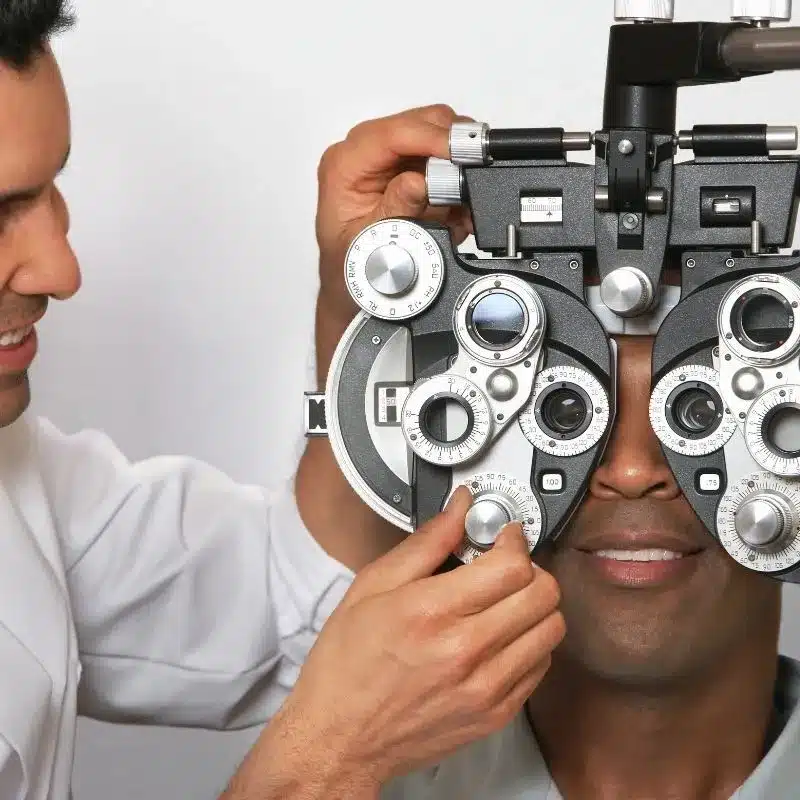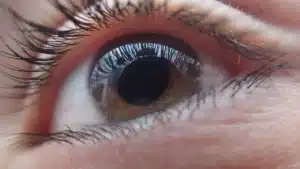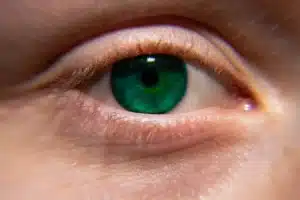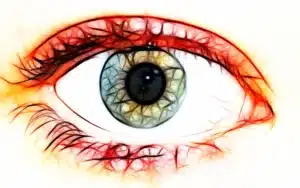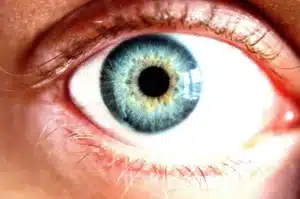The cornea is one of the most important parts of the eye and is responsible for nearly 65-75% of the eye’s total focusing power. Acting as the outermost lens, the cornea helps refract light into the eye and protects the rest of the eye from harmful germs, bacteria, and dust by way of tears.
Unlike most healthy tissue in the human body, the cornea doesn’t have blood vessels — though it is made up of highly organized cells and proteins. The five main layers of the cornea include the epithelium, Bowman’s layer, stroma, Descemet’s membrane, and endothelium.
Because the cornea plays such an integral role in the function of the eye, experiencing an issue with any of the five layers will result in pain, vision loss, vision impairment, and even a damaged appearance. Luckily, a cornea transplant surgery can help you regain function and improve the cornea’s health.
So, what is a corneal transplant procedure?
Also known as keratoplasty, corneal transplants are a necessary surgical procedure in the event of a damaged or diseased cornea. It involves replacing part of the damaged cornea — if not the entire cornea — with healthy donor cornea tissue to restore vision loss or impairment.
For the most part, cornea transplants are met with a high rate of success. In some cases, the patient’s eye will reject the healthy donor tissue — which is known as corneal transplant organ rejection. This is due to the body’s immune system accidentally attacking the donor tissue.
With cornea rejection, your surgeon will likely use strong anti-rejection eyedrops. If that doesn’t work, he or she may call for a repeat transplant with new corneal tissue from another donor. Donor cornea tissue comes from healthy individuals who have died, and they are readily available. There’s usually not a long waiting list — if any — when a corneal transplant is needed.
Signs You Need Corneal Transplant Surgery
Since damaged or diseased corneal tissue can lead to vision loss, vision impairment, pain, and botched appearance, cornea transplants are heavily recommended. There are several signs and symptoms that your eye doctor will be on the lookout for before recommending surgery.
Let’s take a look at some of the most prominent signs you might benefit from a corneal transplant surgery :
- Keratoconus (bulging of the cornea)
- Chronic corneal ulcers
- Thinning of the cornea
- Tearing of the cornea
- Corneal scarring
- Corneal swelling
- Fuch’s dystrophy (hereditary)
- Complications from a separate eye surgery
Your eye doctor will perform a thorough eye exam if you experience any of the above symptoms. Although corneal transplants work a majority of the time, there are a variety of complications that can arise and a number of different types of cornea transplant surgeries.
Different Types of Cornea Transplant Surgery
Before your surgeon can perform eye surgery to correct cornea damage, they must determine which surgical technique is needed for your specific issue. The right type of cornea transplant depends on which corneal layers are damaged or diseased — which is found via an eye exam.
With a partial-thickness corneal transplant, only part of the cornea is removed and replaced with healthy corneal tissue. With a full-thickness corneal transplant, the entire cornea is removed and replaced with a good donor cornea. Let’s take a look at some of the different types of surgery.
Penetrating Keratoplasty (PK)
Penetrating keratoplasty (PK) is a type of full-thickness cornea transplant. It’s an outpatient procedure that normally takes one to two hours and won’t require you to stay overnight. Since it’s a full-thickness transplant, it requires replacing all corneal layers with donor corneal tissue.
The eye surgeon will make an incision through the entire thickness of the cornea with either a trephine or a femtosecond laser. Once replaced with the donor cornea, the surgeon stitches the cornea to keep it in place. After the cornea fully heals, the stitches are removed by the surgeon.
Endothelial Keratoplasty (EK)
The endothelial layer is the innermost layer of the cornea. During an endothelial keratoplasty (EK), corneal tissue from the endothelial and Descemet’s membrane (a thin layer in the back of the cornea) is replaced with healthy tissue from a donor. There are two types of EK surgeries.
A Descemet stripping endothelial keratoplasty (DSEK) replaces the endothelium, Descemet’s membrane, and supporting stroma. A Descemet membrane endothelial keratoplasty (DEMK) replaces an extremely thin disk, normally just the endothelium and Descemet’s membrane.
Deep Anterior Lamellar Keratoplasty (DALK)
A deep anterior lamellar keratoplasty (DALK) involves leaving the back layers of the cornea in place while removing and replacing the front corneal layers — which include the epithelium and stroma. A DALK has a faster recovery than a penetrating keratoplasty (PKP) and a lower risk of rejection and graft failure.
Artificial Cornea Transplant (Keratoprosthesis)
When your eye rejects multiple donor corneal transplants, your eye surgeon may implant a keratoprosthesis — also known as an artificial cornea. It’s a type of full-thickness cornea transplant that involves removing the entire cornea with an artificial one.
The most popular device used in a keratoprosthesis is the Boston Type I Keratoprosthesis. It includes plastic polymethylmethacrylate (PMMA) optic in the front that’s connected to a backplate and corneal graft. The three parts are secured by way of a locking ring in the back.
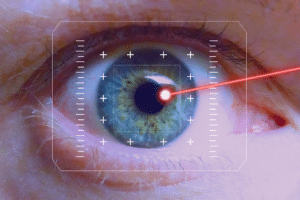
Contact Your Local Eye Surgeon Today!
Vision loss or impairment will have an enormous impact on your ability to live a happy, healthy, and rewarding life. If you experience any issue with your eye function or eye appearance, you should schedule a comprehensive eye exam with your local eye doctor without hesitation.
Don’t worry, Milwaukee Eye Surgeons is here for you and your family. We are ready and willing to help detect, diagnose, and treat any issue with your beautiful eyes — including a corneal transplant if needed. Don’t hesitate to contact us today and schedule an appointment.

